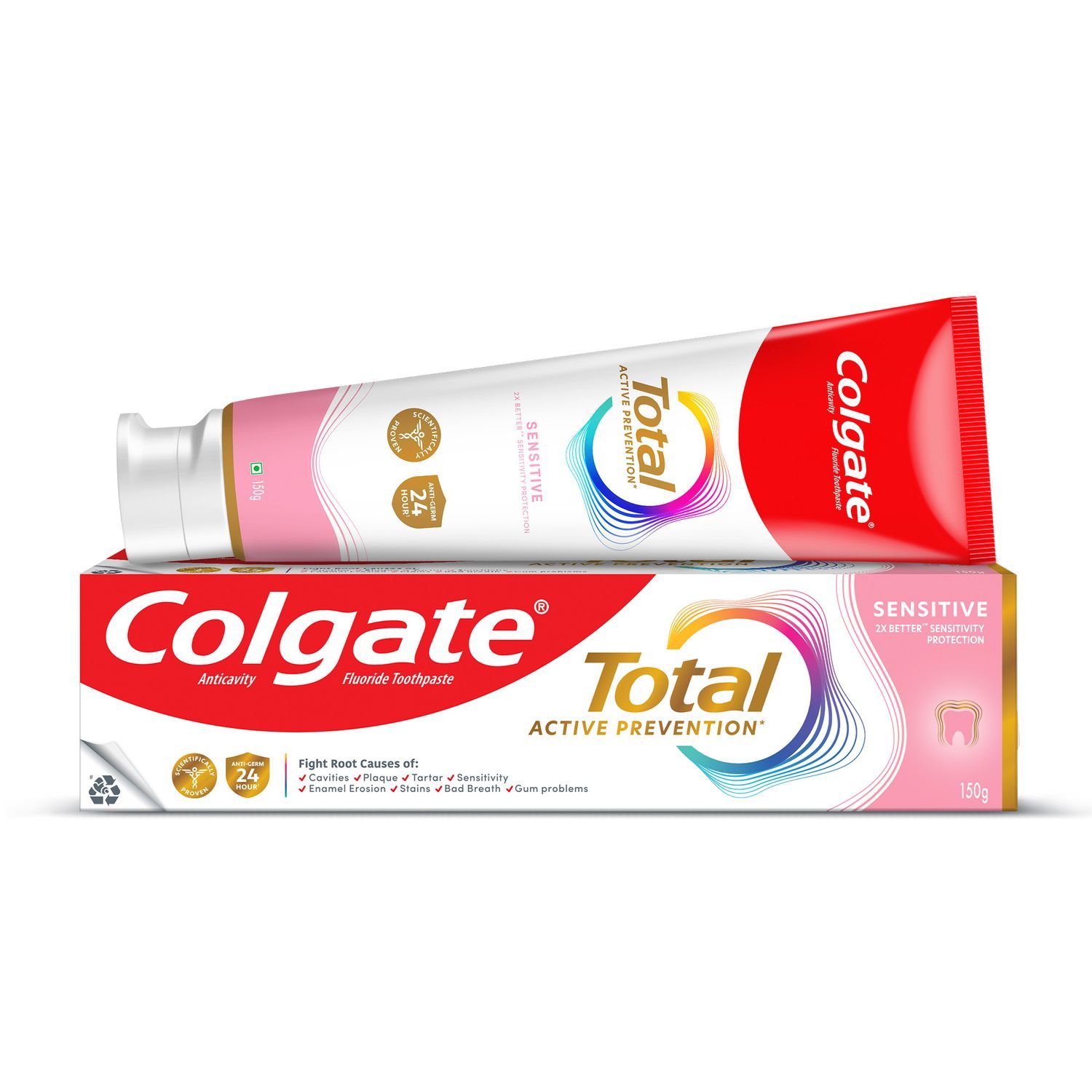What are Metal Braces?
Metal braces typically consist of brackets placed on either the front or back of the teeth and wires tightened to help move the teeth and bite into better alignment. Metal braces are made of stainless steel brackets and wires. Rubber bands—called ligatures—attach the wires to the brackets. Traditional braces are comprised of brackets, wires, and ligatures as the main parts. Self-ligating braces have clips instead of ligatures that hold the wires to the brackets.
Ceramic Braces
On the other hand, Ceramic braces have tooth-coloured or clear brackets and ligatures but still have metal wires. You also have the option between traditional and self-ligating braces. Just like metal braces, traditional ceramic braces and self-ligating ceramic braces respectively have ligatures or clips that attach the wires to brackets.
Clear Braces
While there is no such thing as completely "clear" braces, it is the popular term for invisible aligners. These custom devices slide over the front and/or bottom teeth and adjust or straighten them over time. Aligners can be a good option if your child needs a slight alignment.
Ceramic Braces vs. Metal Braces
The differences between metal and ceramic braces can be summarised by:
- Metal braces are typically more affordable
- Ceramic braces are less noticeable as they match the colour of your child's teeth
- The 'clear' brackets can become stained over time
- Ceramic braces may need more extended treatment than metal braces
Ceramic braces can become discoloured over time, and your orthodontist may need to replace the ligatures. Treatment may also last longer because of the way the ceramic brackets can create friction against the wires.
Metal braces tend to cost less and treatment time isn't affected by how the appliances work together, like ceramic braces. However, treatment time is dictated by the same factors: the severity of the misalignment, the distance your teeth need to move, the health of your mouth, and adherence to your treatment plan.
Clear Braces vs. Metal Braces
Your child's orthodontist will inform you if invisible aligners are a good option. Typically these are popular among adults who need just slight alignment. They are not good options for adjusting the bite.
It also may be possible to switch from one type to the other mid-treatment. However, it involves more money and time in changing out and re-applying the new brackets.
Talk to your orthodontist and study images of metal and ceramic braces to compare what you and your child would prefer aesthetically. You might opt for ceramic braces because they're less noticeable or opt for metal braces because they're more affordable. Your orthodontist can share their recommendations, and you can make an informed decision on your child's treatment.
This article is intended to promote understanding of and knowledge about general oral health topics. It is not intended to be a substitute for professional advice, diagnosis or treatment. Always seek the advice of your dentist or other qualified healthcare provider with any questions you may have regarding a medical condition or treatment.
ORAL HEALTH QUIZ
What's behind your smile?
Take our Oral Health assessment to get the most from your oral care routine
ORAL HEALTH QUIZ
What's behind your smile?
Take our Oral Health assessment to get the most from your oral care routine













